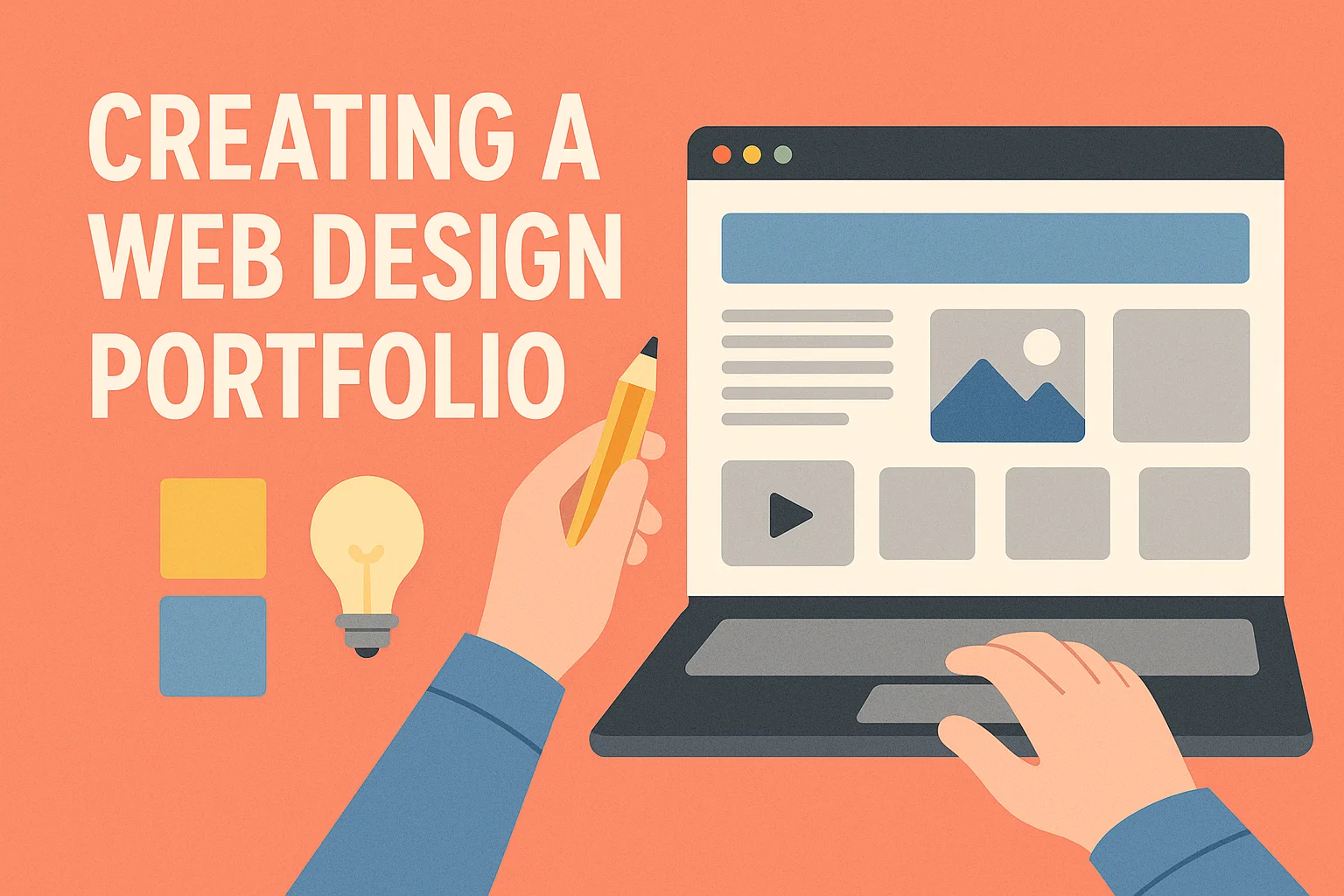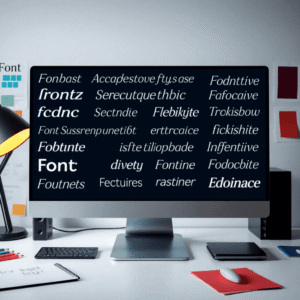How to Create a Web Design Portfolio That Gets You Hired
A web design portfolio is your strongest asset.
It shows your skills better than a resume ever could.
Whether you’re new to the industry or experienced, a polished, strategic portfolio helps you stand out.
This guide walks you through each step to create a high-impact portfolio—from what to include to how to present your work for the best results.
Why You Need a Web Design Portfolio
Clients and employers want proof.
A portfolio shows your ability to solve problems, design with purpose, and adapt to real-world needs.
Here’s what a strong portfolio communicates:
- Your design process from research to final product
- Your ability to apply UX/UI principles effectively
- Your technical range, such as responsive design or accessibility
- Your aesthetic and attention to detail
If you’re applying for a job, hiring managers skim portfolios before resumes.
If you’re freelancing, clients use your portfolio to decide if you’re worth reaching out to.
Even without paid experience, a thoughtful portfolio with personal projects can demonstrate potential and creativity.
Bottom line: No portfolio means no visibility. A good one makes people trust your skills without needing an explanation.
Key Elements Every Portfolio Must Have
Clean Homepage with Clear Messaging
Your homepage needs to answer one question fast:
Who are you and what do you do?
Keep the layout simple.
Use bold headings, short intro text, and one clear call-to-action (like “View My Work”).
Include:
- Your name and role (e.g., “Web Designer & UI Specialist”)
- A short summary or tagline
- Navigation that’s easy to use
- A featured project or teaser section
Avoid clutter.
Your homepage should make people want to click further.
Organized Project Pages
Each project should have its own page with structure:
- Project name
- Role (what you did)
- Tools used
- Timeline
- Problem and solution
- Screenshots or live links
Explain your design decisions, not just outcomes.
Use bullet points and spacing to make it readable.
Aim for 3–5 solid case studies.
It’s better to show fewer quality pieces than many incomplete ones.
About and Contact Information
People hire people—not just portfolios.
Your “About” page should give a brief, professional background.
Keep it under 150 words. Include:
- Who you are
- What you specialize in
- What drives your work
Your “Contact” section should be easy to find.
Include an email, form, or links to social media like LinkedIn.
Optional: Add a downloadable resume.
Choosing the Right Platform and Tools
The platform you use matters.
No-code options:
- Webflow: Great for custom design
- Squarespace: User-friendly with clean templates
- Wix: Flexible, but needs design tweaks for polish
Code-based:
- GitHub Pages or Netlify for developers
- WordPress (with Elementor or custom themes)
Choose based on your comfort level and audience.
A junior designer might start with Squarespace.
A front-end developer might hand-code their site.
Use tools like:
- Figma or Adobe XD for mockups
- Notion or Google Docs for drafting case studies
- TinyPNG or Squoosh for optimizing images
Make sure your portfolio loads fast and looks good on all devices.
Showcasing Projects Effectively
Real Client Work
If you’ve worked with clients, even on small jobs, highlight that.
Include:
- The client’s name (or describe the type of client if under NDA)
- What their challenge was
- What you delivered
- Visuals and outcomes
Even unpaid or volunteer work counts.
It shows real-world experience and communication skills.
Personal Projects and Case Studies
Don’t wait for permission to design.
Create your own UI redesign, app concept, or website from scratch.
Write a short case study for each one.
Explain:
- Why you picked the project
- What problem you aimed to solve
- What tools and techniques you used
- What you learned
This shows initiative and thinking.
Mobile Responsiveness and Accessibility
Design isn’t just how it looks—it’s how it works.
Check that your portfolio:
- Works on phones and tablets
- Loads quickly
- Has readable fonts and contrast
- Includes alt text for images
- Uses semantic HTML
Accessibility and mobile-friendliness matter to employers and users.
Tips to Stand Out From Other Designers
- Focus on quality, not quantity
- Use consistent branding (colors, fonts, style)
- Add a short intro video or project walkthrough
- Show your design process, not just polished screens
- Write in plain English—skip buzzwords
- Keep updates regular and remove old, weak work
Every small detail counts.
Your goal is to build trust and make it easy to contact you.
Final Checks Before Publishing
Before you launch, review:
- Broken links or typos
- Mobile and desktop versions
- Image optimization
- Clear CTA on every page
- Metadata and SEO basics (title tags, alt text, etc.)
Ask 2–3 people for honest feedback.
Fresh eyes catch things you might miss.
Use tools like Lighthouse (in Chrome DevTools) to test performance and accessibility.
Then hit publish—and share it.
Post on LinkedIn, Dribbble, or X (Twitter). Add the link to your resume and email signature.





